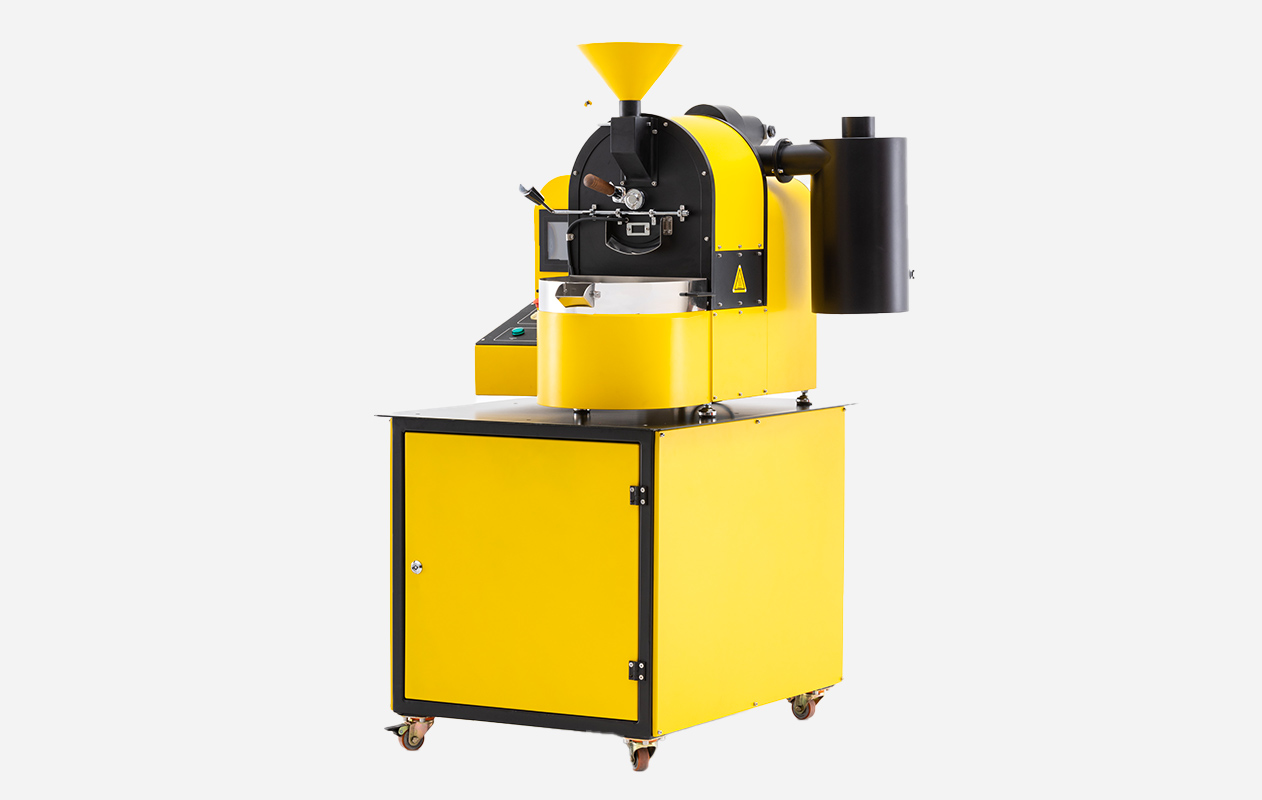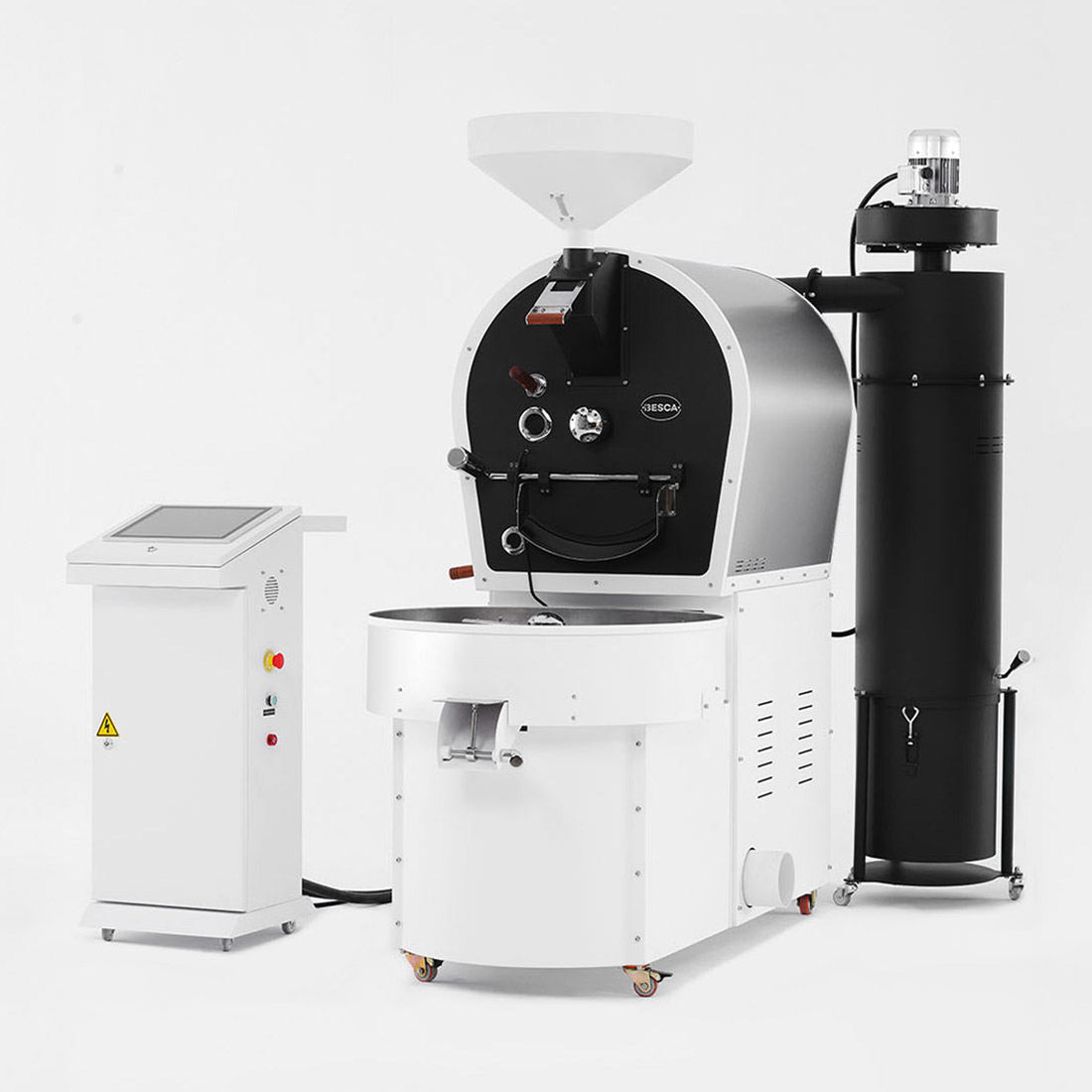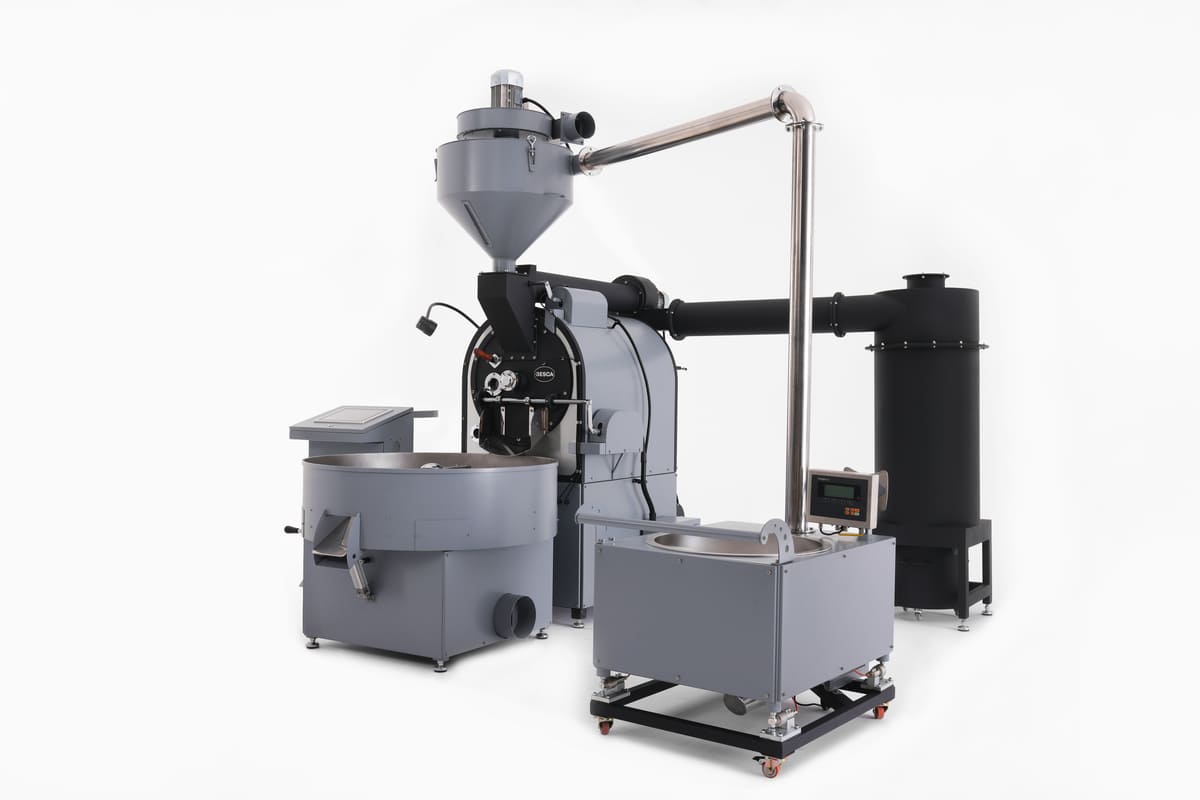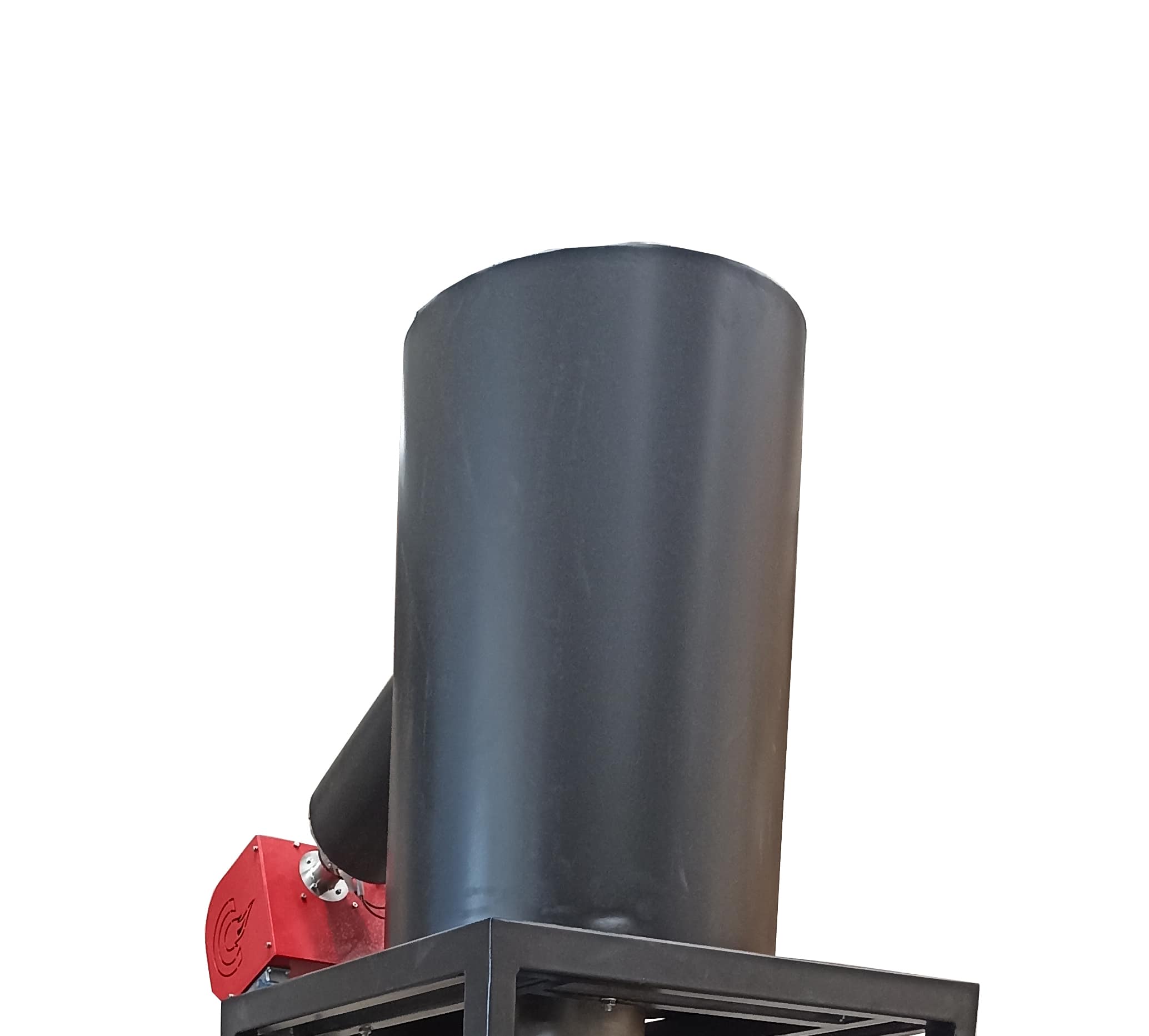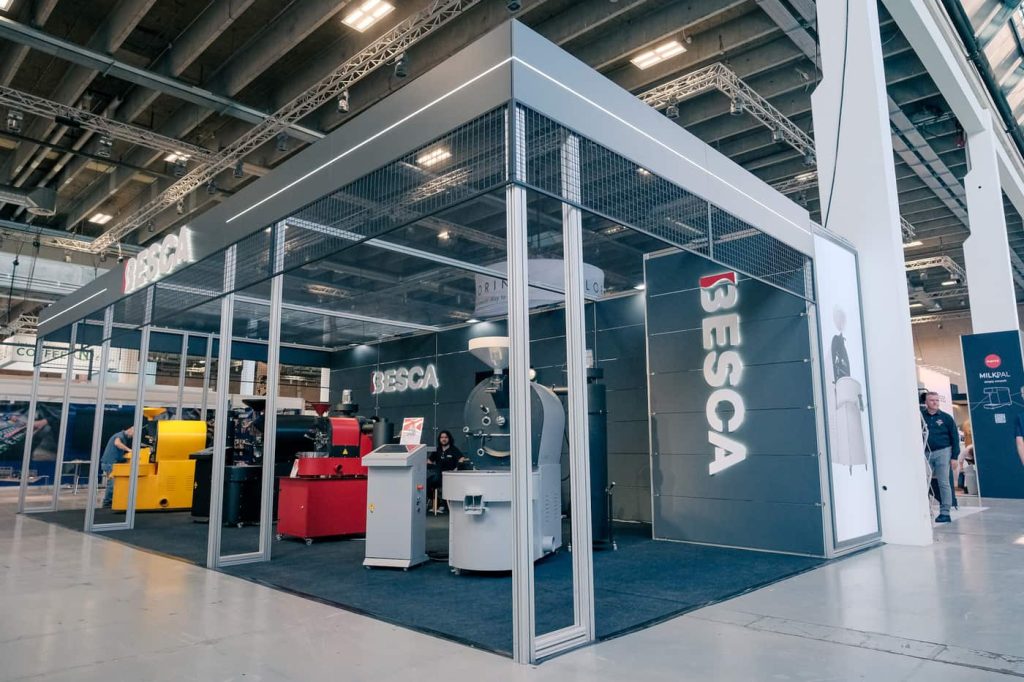common ones are scorching and tipping.
To differentiate between these two defects, it is enough to observe where the spots appear on the coffee. Scorching is usually seen as burnt on the flat surface of the coffee, while Tipping is observed as speckled spots on the coffee. So what exactly causes these deformations? We can list the causes in the following order: high charge temperature, slow drum speed, and starting with a high flame level at the beginning of roasting. As a solution, the charge temperature can be reduced, the drum speed can be increased, or the flame power can be kept at a low level at the beginning of roasting. In addition, if the coffee roasting process is carried out for a very long time, cooling the drum will also be beneficial in this process.
It is also important that the coffee beans are clean during this process. Green coffee beans should always be purchased from known and reliable sellers. After the whole process is
reviewed, the rate of encountering with beans defects will decrease at a high rate…
When starting roasting with a new machine or for those new to the coffee roasting process, it is common to observe deformities in coffee beans during roasting, with the two most frequent deformities being scorching and tipping.
To distinguish between these defects, it is sufficient to observe where the spots appear on the coffee. Scorching typically manifests as burnt areas on the flat surface of the coffee beans, while tipping presents as speckled spots. What exactly causes these deformities? The causes can be listed in the following order: high charge temperature, slow drum speed, and starting with a high flame level at the beginning of the coffee roasting process. To address these issues, the charge temperature can be lowered, the drum speed increased, or the flame power kept low during the initial stages of roasting. Additionally, if the coffee beans are roasted for an extended period, cooling the drum can also be beneficial.
It is also crucial to ensure the cleanliness of the coffee beans throughout this coffee roasting process. It is recommended to always purchase green coffee beans from reputable and trustworthy sellers. By reviewing the entire process and implementing these measures, the likelihood of encountering bean defects will significantly decrease. Understanding and applying effective coffee roasting techniques play a vital role in achieving optimal results and producing high-quality roasted coffee beans.

